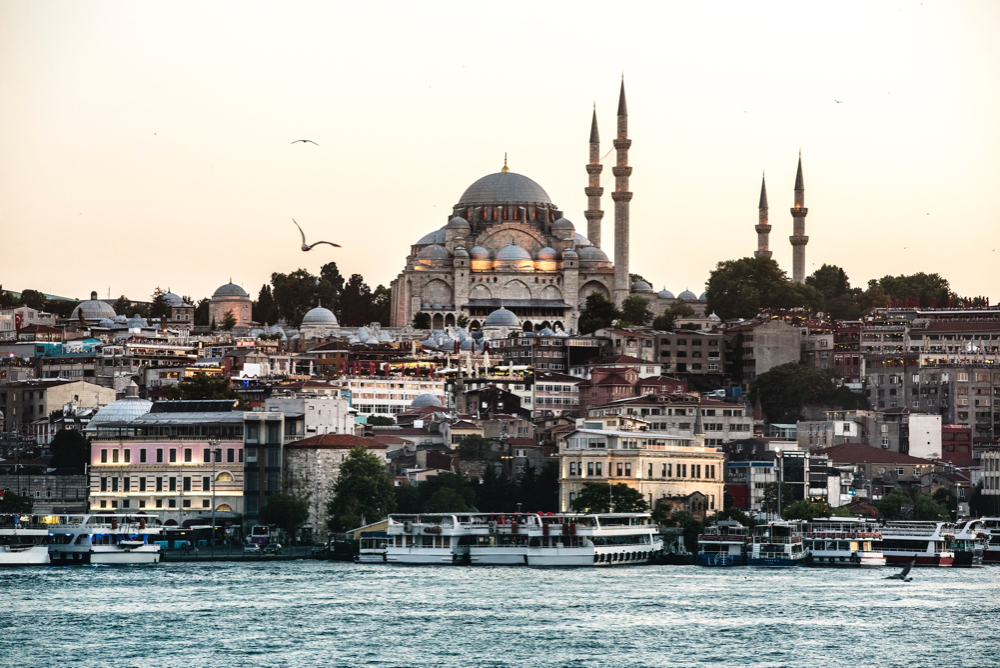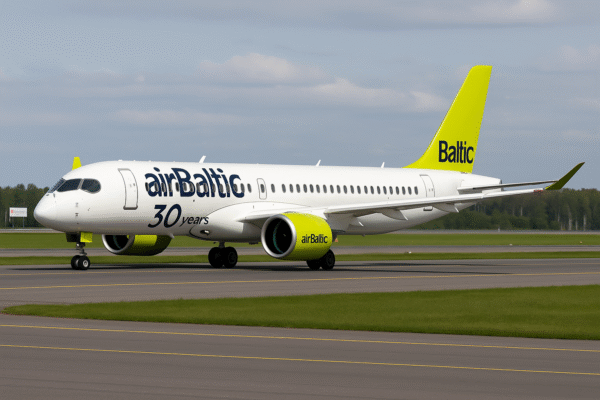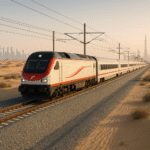Etihad Rail to Launch UAE Passenger Train Network by 2026, Redefining Gulf Travel
Etihad Rail, the United Arab Emirates’ first national railway network, is set to redefine the future of transportation across the country and the wider Gulf region with the official launch of passenger services expected by 2026. This major infrastructure project, more than a decade in the making, will connect all seven emirates through a sustainable, high-speed rail system and marks a monumental shift in how residents and tourists travel across the UAE.
From Vision to Reality: Over a Decade of Development
Announced in June 2009, Etihad Rail was born out of a national vision to reduce road congestion, lower emissions, and boost regional connectivity. Initially launched to support the freight industry, the first phase began operations in 2016, transporting granulated sulphur from Shah and Habshan to the port town of Ruwais. This early success laid the foundation for subsequent phases.
By 2023, the rail network had expanded to nearly 900 kilometres, supporting a robust freight system across all seven emirates. Now entering its final development phase, Etihad Rail is preparing to offer passenger services by 2026, representing the culmination of a 17-year masterplan.
Connecting the UAE: The Route and Reach
The completed Etihad Rail network will stretch 1,200 kilometres from Al Sila near the Saudi border to Fujairah on the east coast. It will link 11 major cities including Abu Dhabi, Dubai, Sharjah, Ajman, Umm Al Quwain, Ras Al Khaimah, and Fujairah, with extensions reaching vital industrial and commercial hubs such as Khalifa Port and Jebel Ali Port.
Passengers will be able to seamlessly travel between emirates in record time. The journey from Abu Dhabi to Dubai, currently a 60–90-minute drive, will be reduced to just 57 minutes. Plans are underway for a future high-speed line between the two cities that could cut travel time to as little as 30 minutes at speeds of up to 350 km/h.
High-Speed Trains with Premium Amenities
Each Etihad Rail passenger train will accommodate 400 passengers and operate at speeds of up to 200 km/h. Designed to reflect Emirati heritage while embracing futuristic design, the trains will feature business and standard class seating, along with modern comforts like Wi-Fi connectivity, onboard entertainment, power outlets, and dedicated family-friendly spaces.
Stations are expected to offer retail outlets, lounges, and intermodal transport links, making the travel experience not just efficient but enjoyable. Flagship terminals in Abu Dhabi and Dubai will include direct connections to metro and bus systems, providing a unified public transport experience.
Environmental and Economic Benefits
Etihad Rail’s full operation is expected to remove up to 375,000 vehicles from UAE roads annually, cutting greenhouse gas emissions by over 2.2 million tonnes — equivalent to the emissions of an entire city. This shift to rail travel will support the UAE’s net-zero ambitions and the Ministry of Energy and Infrastructure’s goals for sustainable development.
In addition to environmental gains, Etihad Rail is forecasted to generate major economic returns. By 2030, it aims to carry over 36.5 million passengers annually. With stations planned in key urban and touristic areas, the railway will also enhance land values, drive tourism, and encourage regional development through increased accessibility.
Integrated and Seamless Mobility
To ensure convenience for both residents and tourists, Etihad Rail will be fully integrated with existing transportation infrastructure. In cities like Dubai and Abu Dhabi, rail stations will connect with metro lines, intercity buses, and last-mile solutions. This integration is part of a broader UAE strategy to develop a world-class, multimodal transport network that prioritizes speed, sustainability, and user experience.
GCC-Wide Vision: A Step Toward Regional Rail
Etihad Rail is not just a national milestone—it’s a foundational part of a greater regional vision. The UAE is collaborating with Oman through the Hafeet Rail joint venture, which aims to build a railway line connecting Abu Dhabi with Sohar in Oman. This strategic partnership will enhance bilateral trade, tourism, and cross-border mobility within the Gulf Cooperation Council (GCC).
Eventually, Etihad Rail is expected to become the backbone of the GCC railway network, envisioned to connect all member states from Kuwait to Oman via Saudi Arabia, Bahrain, and Qatar. This trans-Gulf rail corridor would represent a historic leap in regional integration and economic synergy.
A Bold Future for UAE Travel
With its passenger launch in 2026, Etihad Rail is on course to transform how people move across the UAE—whether for business, leisure, or tourism. From reducing travel time to improving sustainability and creating new tourism corridors, the national railway will usher in a new era of smart mobility.
As the country continues to position itself as a global leader in transport innovation, Etihad Rail is not only a domestic achievement but a flagship example of the UAE’s commitment to sustainable and future-ready infrastructure. For travelers, this means shorter journeys, comfortable amenities, and a new way to explore the rich cultural and geographic diversity of the Emirates—from the dunes of Al Dhafra to the mountains of Fujairah—all by rail.
For more travel news like this, keep reading Global Travel Wire















